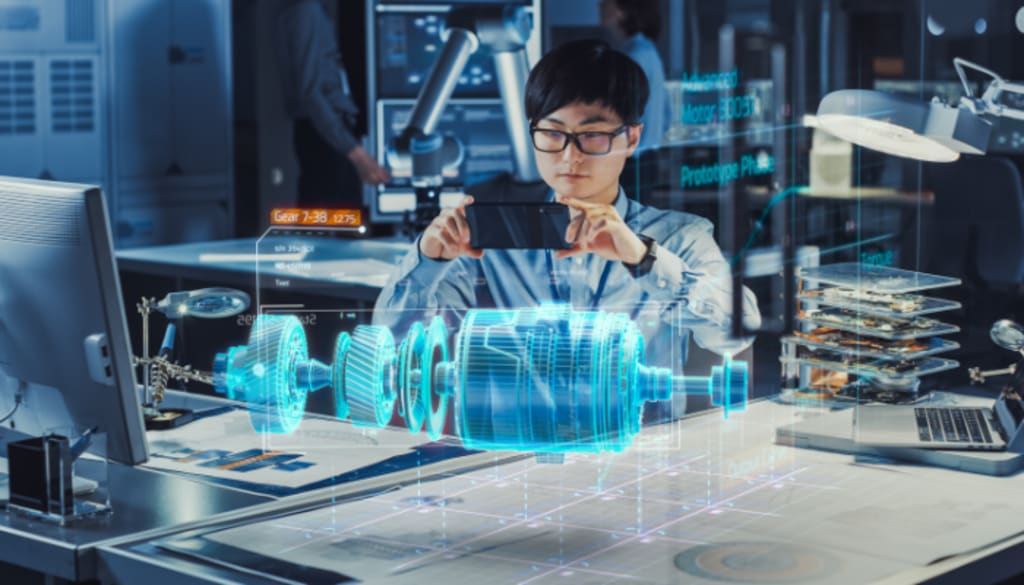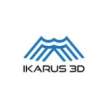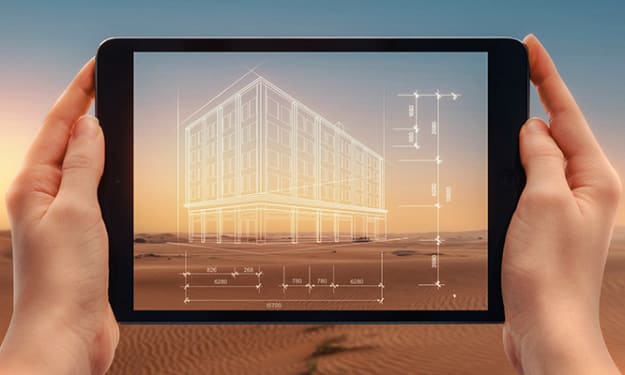A Brief Insight into Turning a 3D Model into a Virtual Prototype
A seamless transition from a 3D model to a living, interactive virtual prototype empowers creators to craft robust, engaging, and visually captivating experiences that resonate with users in an ever-evolving digital landscape.

The journey from a 3D model to a virtual prototype opens doors to a realm where imagination and innovation converge. A static representation comes alive in this process, evolving into an interactive, functional, and dynamic virtual entity. This transformation involves leveraging advanced software, cutting-edge rendering techniques, and, often, intricate coding to infuse life and functionality into the design.
As the boundaries between physical and digital worlds blur, this transition from a mere 3D model to an immersive virtual prototype heralds a new era of creativity and possibilities across industries, empowering designers and engineers to explore, iterate, and refine their concepts with unprecedented depth and detail.
VR prototyping vs VR modeling
VR prototyping and VR modeling stand as distinct yet interconnected stages in the creation and refinement of 3D models for virtual reality experiences. VR modeling involves crafting detailed 3D models tailored explicitly for VR environments, focusing on intricate design elements, textures, and geometry optimized for immersive experiences.
VR prototyping takes these models further, placing them within simulated environments to test functionality, interactivity, and user experience. VR modeling emphasizes the meticulous creation of 3D assets; VR prototyping extends this process by immersing these models within virtual spaces, allowing for real-time testing and refinement to ensure seamless integration and optimal user engagement in the final VR experience.
Both stages collectively contribute to the evolution and enhancement of virtual reality concepts, ensuring that the 3D models crafted are visually appealing but also functional and immersive.
Why is prototyping better than viewing CAD models?
Prototyping is a superior approach to viewing CAD models solely, particularly in 3D models for virtual reality (VR). While CAD models provide comprehensive visual representations, prototyping transcends this by transforming static 3D models into interactive VR environments.
These prototypes allow stakeholders to immerse themselves in the envisioned virtual space, experiencing and interacting with the design elements in real time. By integrating CAD models into VR prototypes, teams gain invaluable insights into how users navigate and engage with the virtual environment. This enables early identification of potential issues, optimization of 3D assets for VR immersion, and iterative improvements that ultimately lead to more refined and user-centric VR experiences.
This experiential approach offered by VR prototyping surpasses the limitations of passive CAD model viewing, empowering teams to create VR environments that are not just visually compelling but also functional and engaging for users.
Benefits
Enhanced User Experience: Virtual prototypes allow stakeholders to interact with 3D models in immersive environments, providing a realistic preview of the final product or experience and facilitating early user testing and feedback.
Iterative Refinement: By converting 3D models into virtual prototypes, teams can iterate rapidly, identifying design flaws, optimizing functionalities, and refining user interactions much earlier in the development process.
Improved Visualization: Virtual prototypes offer a dynamic visualization of 3D models, enabling a better understanding of scale, spatial relationships, and contextual usage within simulated environments, aiding in informed decision-making.
Cost and Time Efficiency: Prototyping in a virtual environment reduces the need for physical prototypes, saving production costs and time. It accelerates the design cycle by facilitating quicker evaluations and adjustments, leading to more efficient development processes.
Conclusion
Transforming a 3D model into a virtual prototype is a transformative journey that transcends the static realm of design into the dynamic sphere of immersive experiences. This process bridges the gap between conceptualization and realization and unlocks a sphere of iterative refinement and user-centric innovation.
By leveraging virtual prototypes, designers and engineers delve into an interactive landscape that fosters early testing, user feedback, and a deeper understanding of spatial contexts, ultimately culminating in optimized designs prioritizing user experience and functionality.
About the Creator
Ikarus 3D
Ikarus 3D, a top AR/VR/XR partner. We craft custom, lightweight 3D models, photorealistic designs, and optimized assets for immersive experiences.
www.ikarus3d.com
Enjoyed the story? Support the Creator.
Subscribe for free to receive all their stories in your feed. You could also pledge your support or give them a one-off tip, letting them know you appreciate their work.






Comments
There are no comments for this story
Be the first to respond and start the conversation.